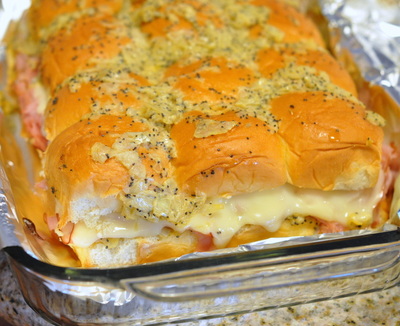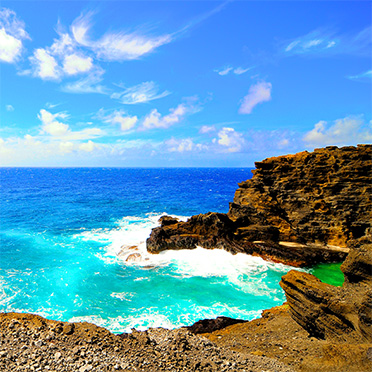


Remove the pork from the smoker and allow to rest for 1 hour before shredding and serving. Return the pork shoulder to the smoker, close the lid, and continue smoking for an additional 5-7 hours, or until the internal temperature of the pork reads at least 200 degrees F. If you don’t have access to banana leaves, I used pink butcher’s paper to mimic the effect of the banana leaves on the smoker. Remove the pork shoulder from the smoker and wrap tightly in the banana leaves, securing with butcher’s twine. Smoke! Place the pork on the smoker, close the lid, and smoke for 3 hours.Season the pork on all sides with the sea salt. Remove the pork shoulder from the packaging and wipe down with a paper towel to remove any bone fragments or other processing remnants. Preheat your smoker to 275 degrees F with a strong hardwood like mesquite (or Hawaiian kiawe wood if you have access to it). Since the pork shoulder wasn’t buried in a pit with hot coals, I needed to find a way to still get all the tasty pit-roasted flavor on my backyard smoker. It has a nice, bold, strong smoky flavor.Ĭreating a smoked kalua pork variation required a little creativity. The closest flavor match I could find with affordability and availability in mind in the continental US in mesquite wood. Mesquite wood: In Hawaii, kiawe wood is used for kalua pork.It provided the breathability of the banana leaves while still keeping in all of the moisture. The closest substitute I could find was using my pink butcher paper. If you can find banana leaves, use them during the wrapping portion of the recipe below and secure with butcher’s twine. Banana Leaves: I couldn’t get a hold of banana leaves in stores near me and none online would ship on time.

Please note, Hawaiian pink salt is not the same thing as pink curing salt or Himalayan pink salt. Ordinary sea salt can be a substitution, but won’t deliver quite the same flavor. One package has lasted me through about 8 pork shoulders. Hawaiian Pink Salt: This salt provides a very unique salt flavor.Pork Shoulder: Look for a bone-in shoulder with plenty of fat marbling and a nice reddish/dark pink color.For wood, I smoked this with mesquite because it is a super strong wood flavor that most closely mimics the traditional Kiawe wood used in Hawaii (and is easily accessible for most of the continental US). I use a well marbled, bone-in pork shoulder to get beautiful shreds of smoky pulled pork. Some things can be ordered online, but I’m providing substitutes in the list below to help you get as close as you can with what you have. Since this recipe only has 2 ingredients and a few additional tools/products, it is important to get the good stuff. My version of kalua pork still uses a lot of classic elements to keep the flavor on point, but makes it more approachable for the home BBQ enthusiast.

Since I haven’t gotten around to digging a pig pit in my backyard (yet), and I don’t have easy access to banana trees for leaves, I had to come up with my own backyard BBQ interpretation of this tasty pork dish. Since there isn’t much seasoning other than salt, you can really taste the flavors of the smoldering charcoal and the richness of the pork itself. The pig is cooked until it is fall-apart tender and just melts in your mouth. Typically, it is a whole hog that is salted with pink Hawaiian sea salt, wrapped in banana leaves, and cooked in a charcoal pit dug into the ground. Kalua pork is a traditional Hawaiian dish of slow pit-roasted pork. The hardwood smoke mimics the flavors from an underground pit and the tenderness and moisture are off the charts! This recipe is perfect for your next backyard luau. Smoked Kalua Pork is my BBQ take on a traditional Hawaiian recipe.


 0 kommentar(er)
0 kommentar(er)
